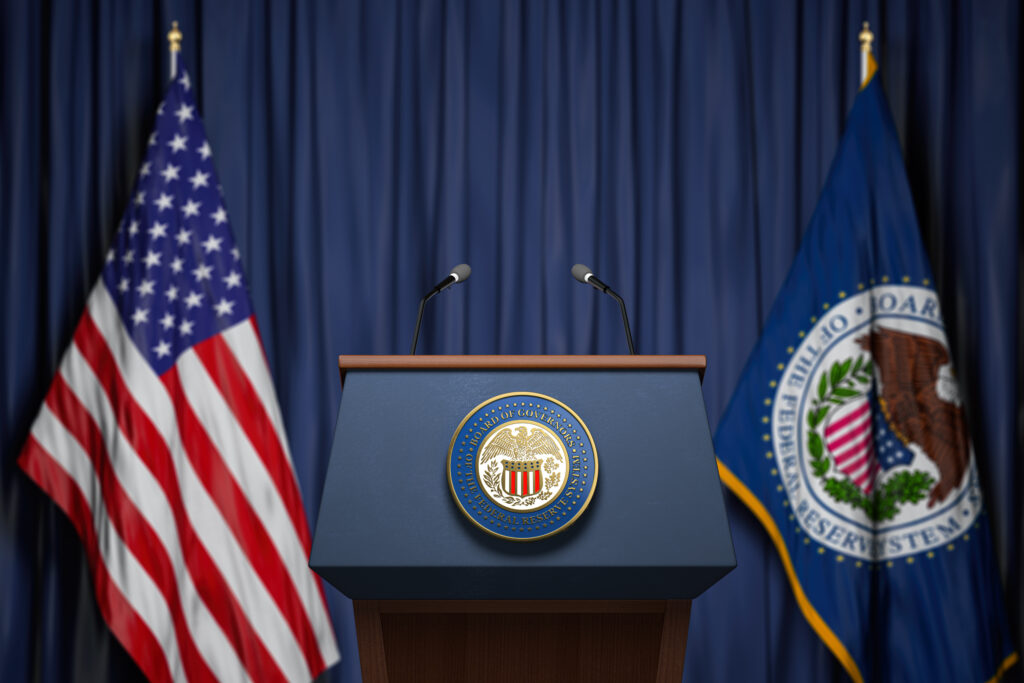News
The Psychology of Influencer Marketing and Why It’s Vital for Your Media Mix
Share
Get Our Best Insights
Updates delivered straight to your inbox







